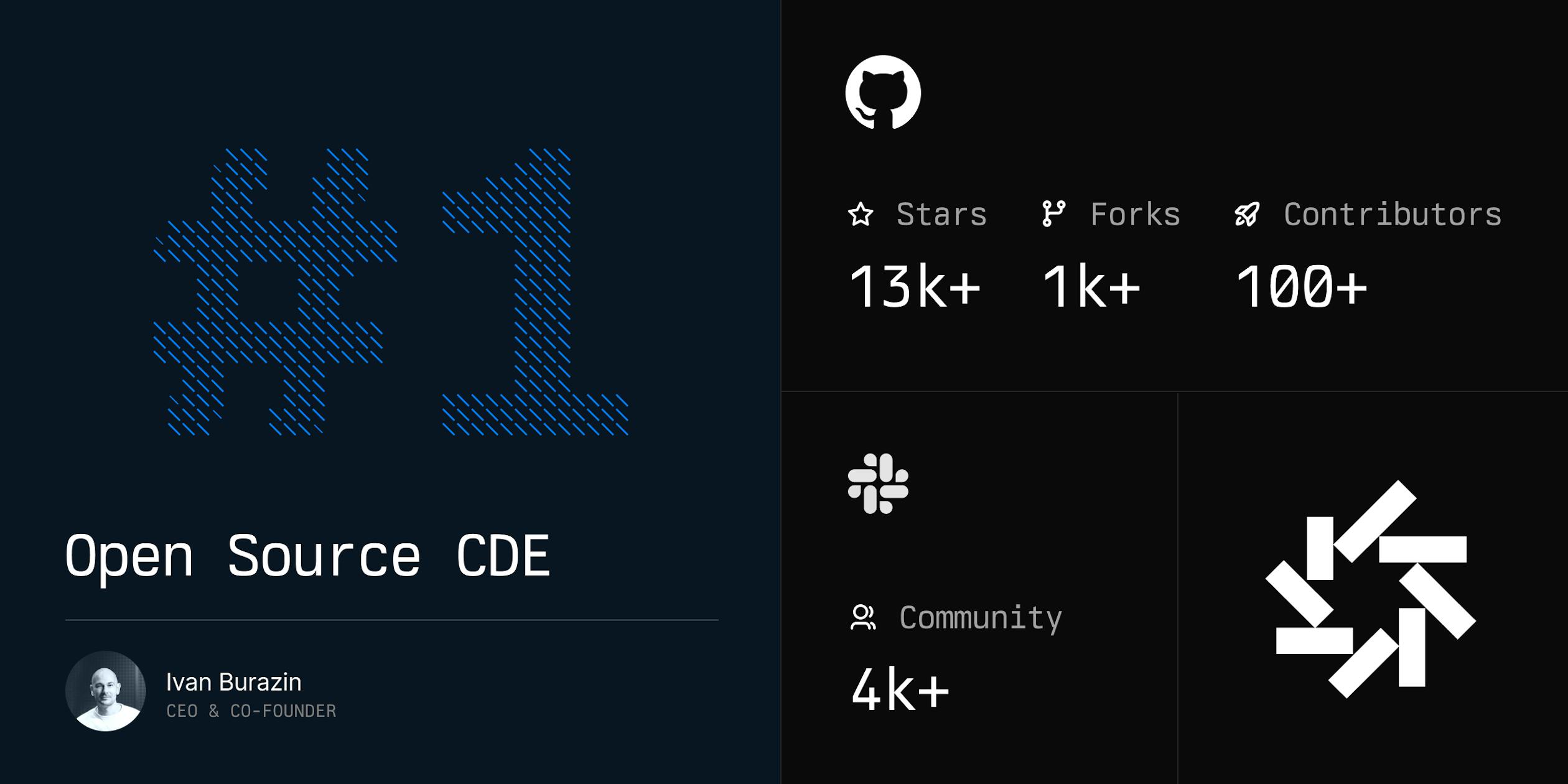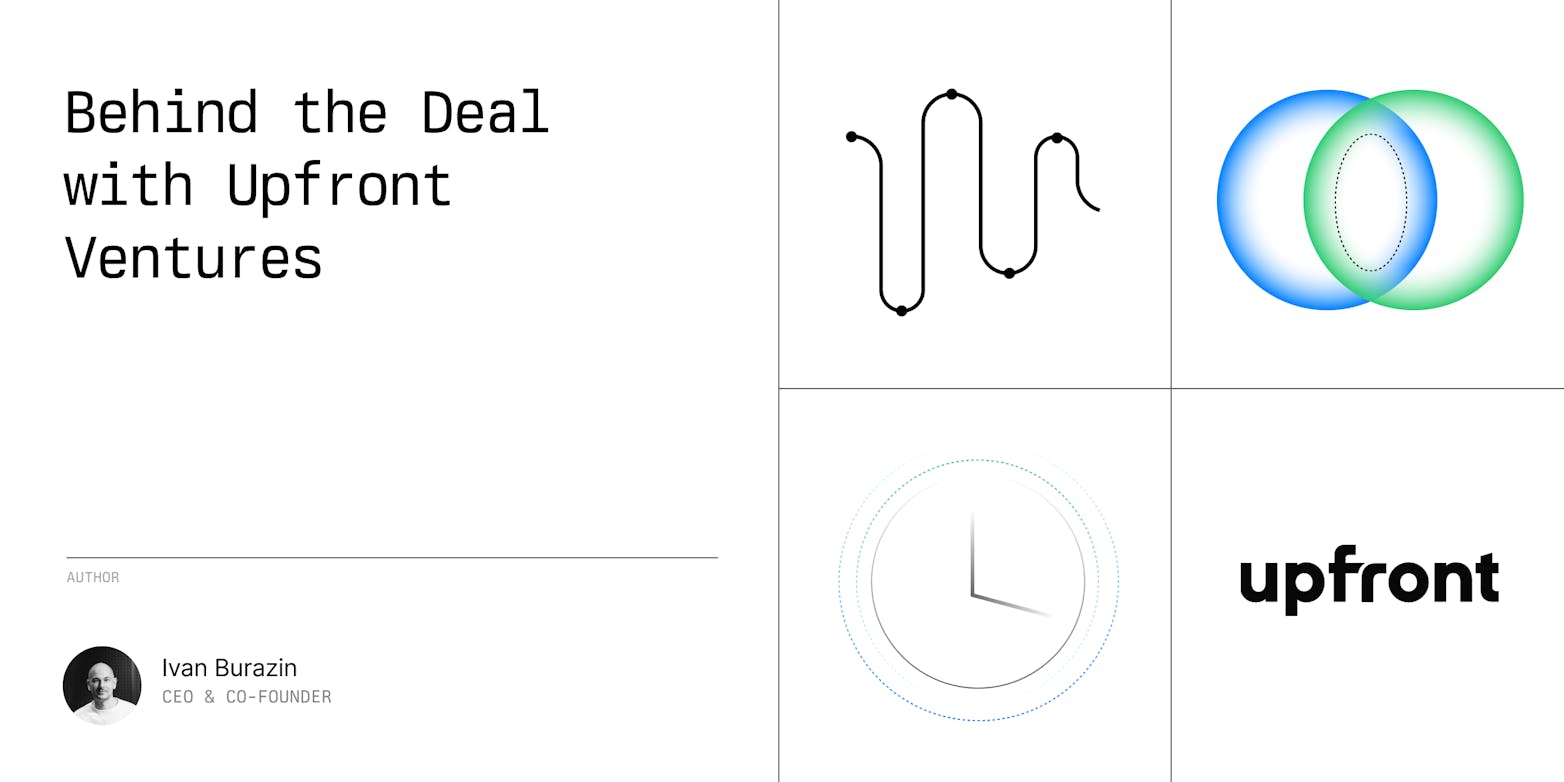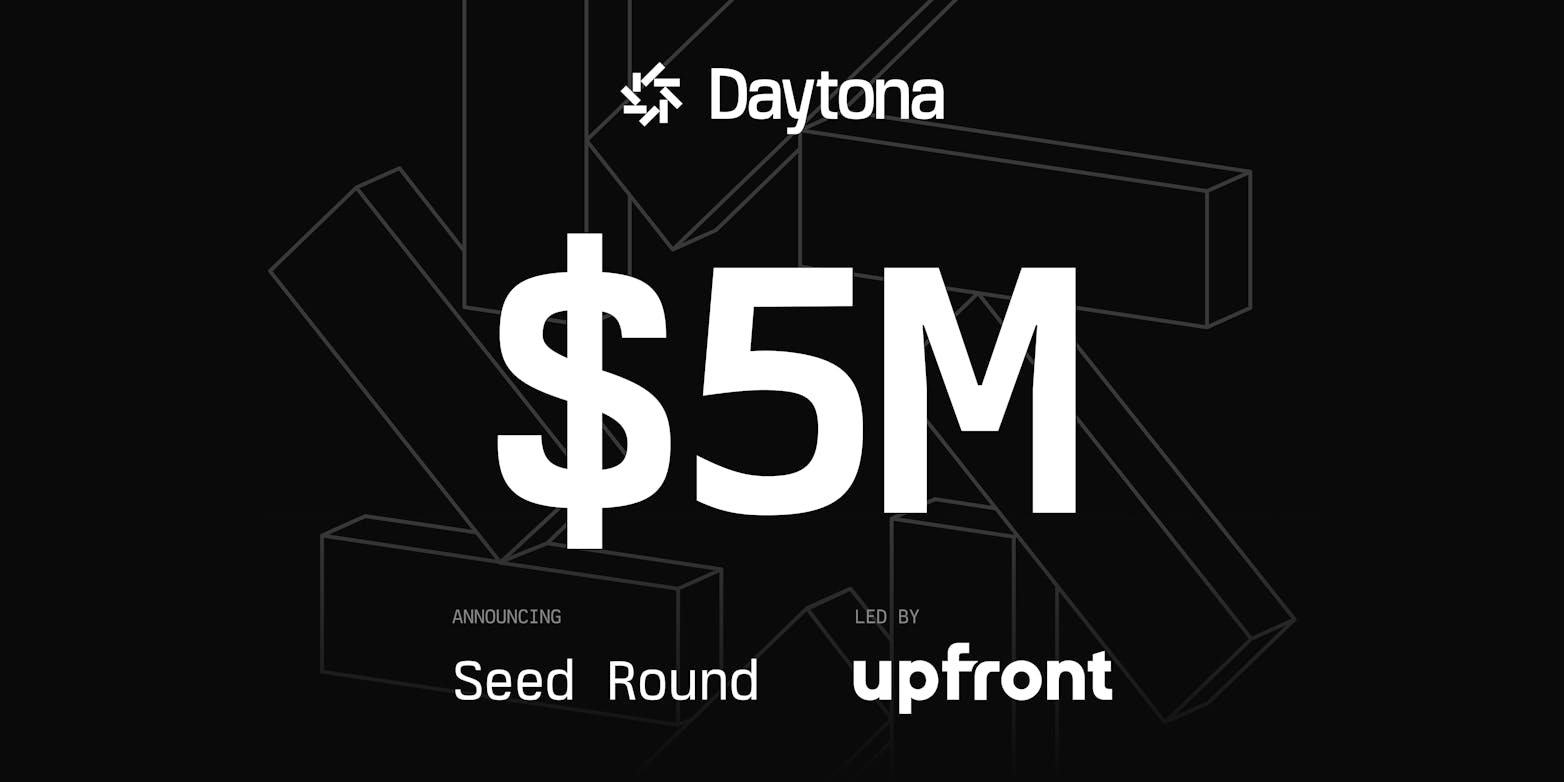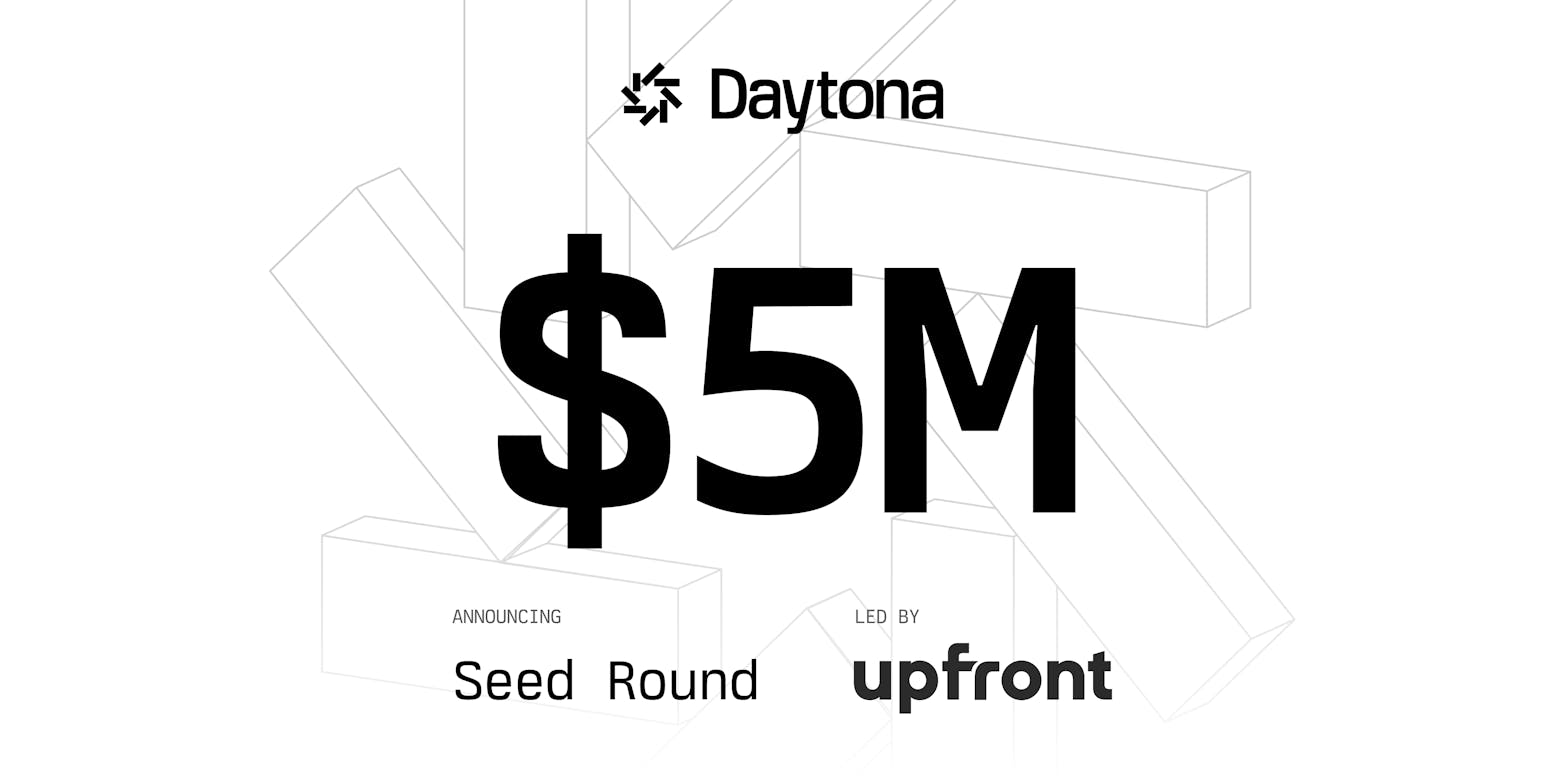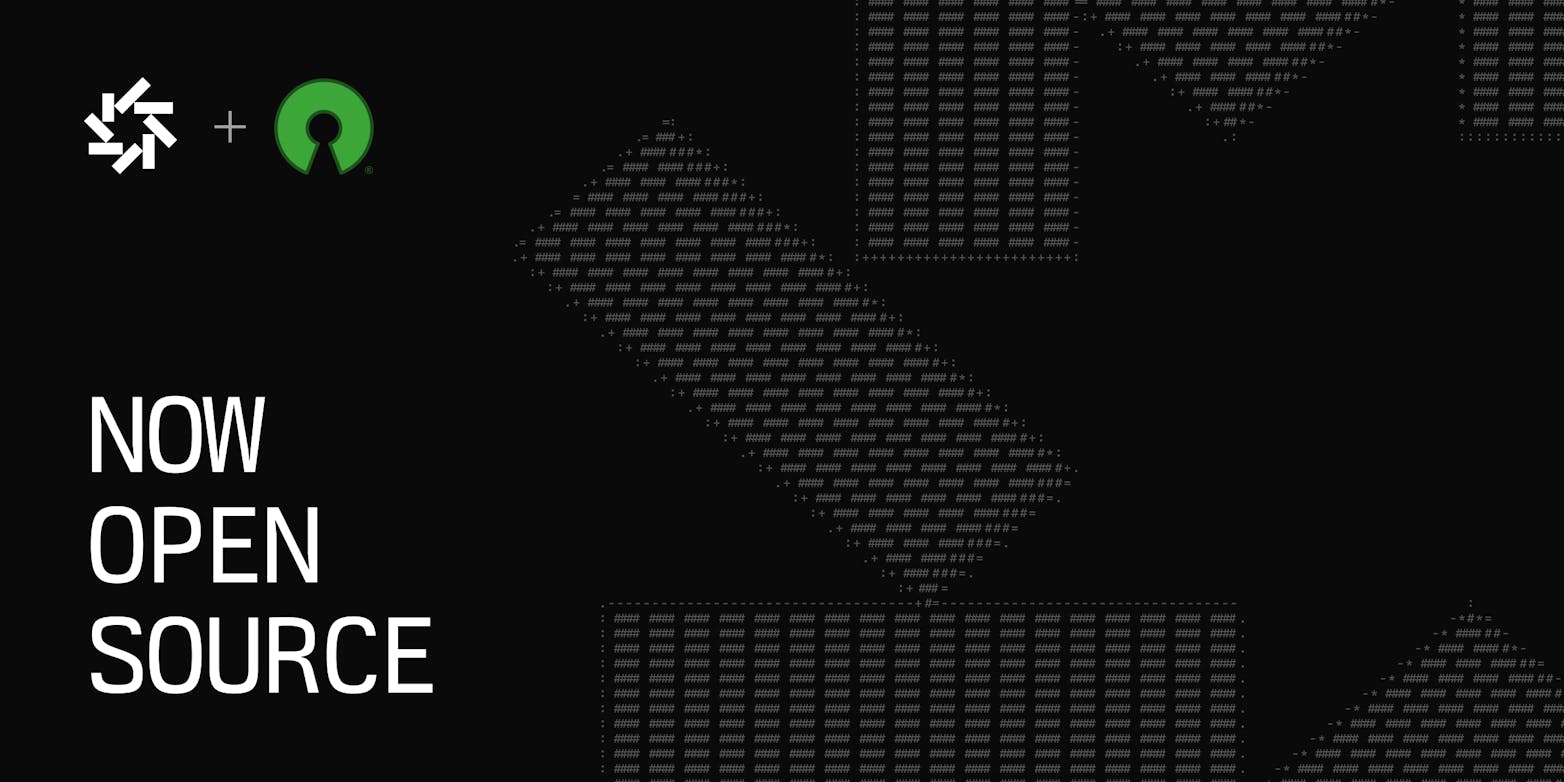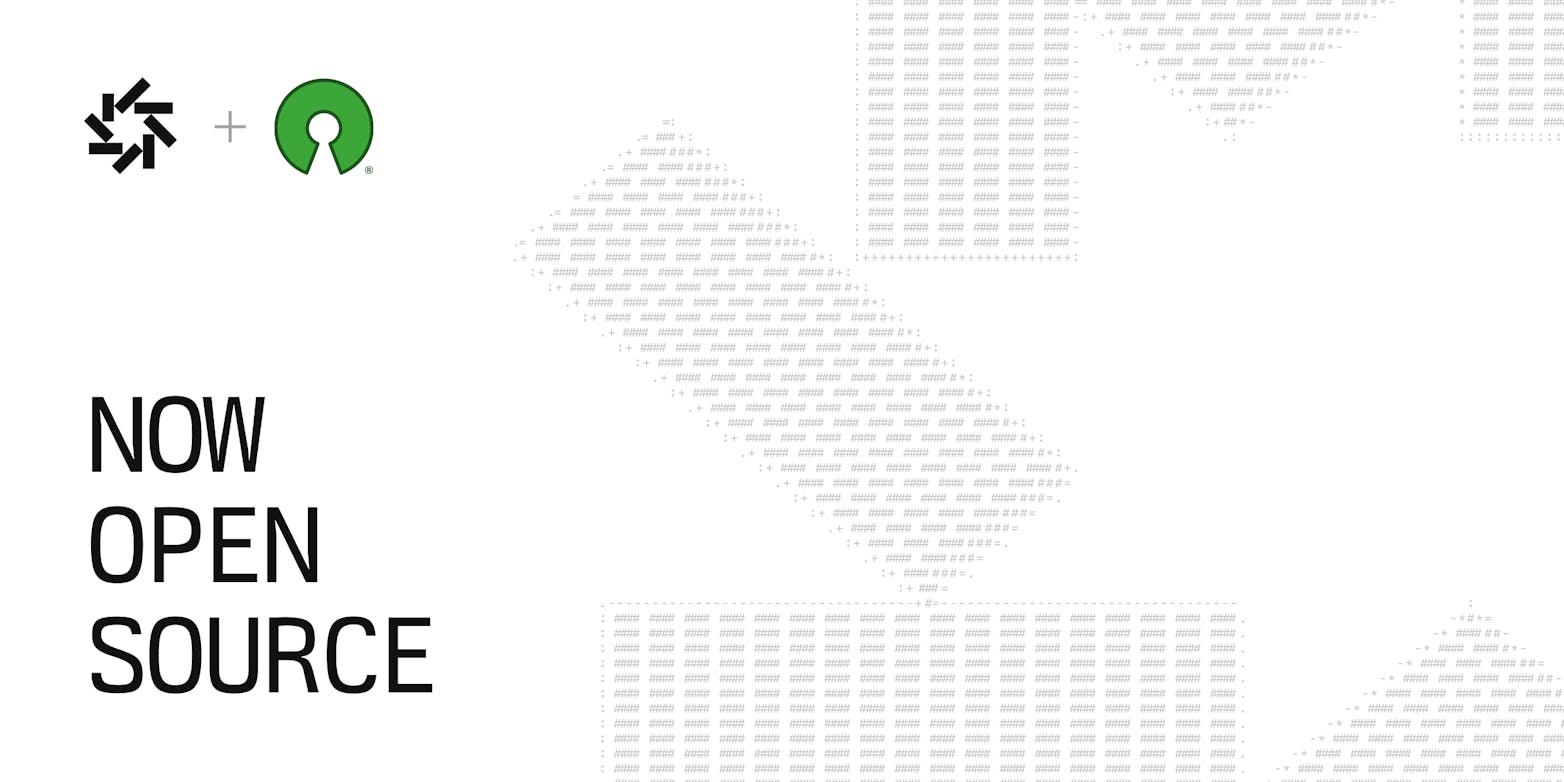As 2024 comes to a close, it’s the perfect moment to reflect on milestones and progress. Today, I’m thrilled to share an extraordinary achievement that defines our year.
Since its launch in March, Daytona has become the world's number one open-source Cloud Development Environment (CDE). In just nine months, Daytona has gone from an ambitious idea to a product developers worldwide trust and rely on.
As we prepare to enter 2025, let's take a moment to understand what makes an open-source project truly number one.
What Makes an Open Source Project #1?
When evaluating open-source projects, it's tempting to focus solely on GitHub stars—they're visible, easy to track, and often cited as a measure of success.
However, true leadership in the open-source demands more than just popularity metrics. It requires building a sustainable ecosystem that thrives on community engagement, active development, and real-world impact.
In our experience, these four key metrics paint a more complete picture of open-source leadership:
GitHub stars - Stars are often the first thing developers notice. They signal interest—like bookmarking a project with a “this looks cool, I’ll check it out later” sentiment. While valuable, stars alone are too simplistic to serve as the sole metric of true success.
Community - A thriving community is the heartbeat of any open-source project. The number of active members in spaces like Slack or Discord best measures its strength. These individuals go beyond just “bookmarking”—they want to stay informed, dive into the project, and explore how they can use, build with, or build on top of it. They are the momentum behind the project’s growth.
Forks - Forks represent deeper engagement. They show that developers see potential in your project—whether to customize it, build on top of it, or extend it in new ways. Forking is an active signal that the project is valuable and flexible enough to be adapted.
Contributors - If the community is the heartbeat, contributors are the pulsing muscles. These are the people who invest their own time and creativity to improve and expand the project. Contributors go beyond using the software—they shape it. Their involvement ensures the project’s long-term health and innovation.
From day one, Daytona has focused on building excellence across all these dimensions—not just one—and our community's response has transformed this vision into reality.
What is a Cloud Development Environment (CDE)?
Although we prefer the term Development Environment Manager (DEM) at Daytona, we recognize the broader visibility and adoption of the term Cloud Development Environment (CDE) in industry discussions.
While we don’t completely agree with the terminology, the market—and its largest analysts—have standardized on it. We’ll use "CDE" for this article to align with established definitions and ensure clarity.
To frame this discussion, we lean on Gartner’s definition, which provides one of the most comprehensive views of the CDE landscape:
Cloud development environments (CDEs) provide remote, ready-to-use access to a cloud-hosted development environment with minimal effort for setup and configuration. This decoupling of the development workspace from the physical workstation enables a low-friction, consistent developer experience.
Gartner
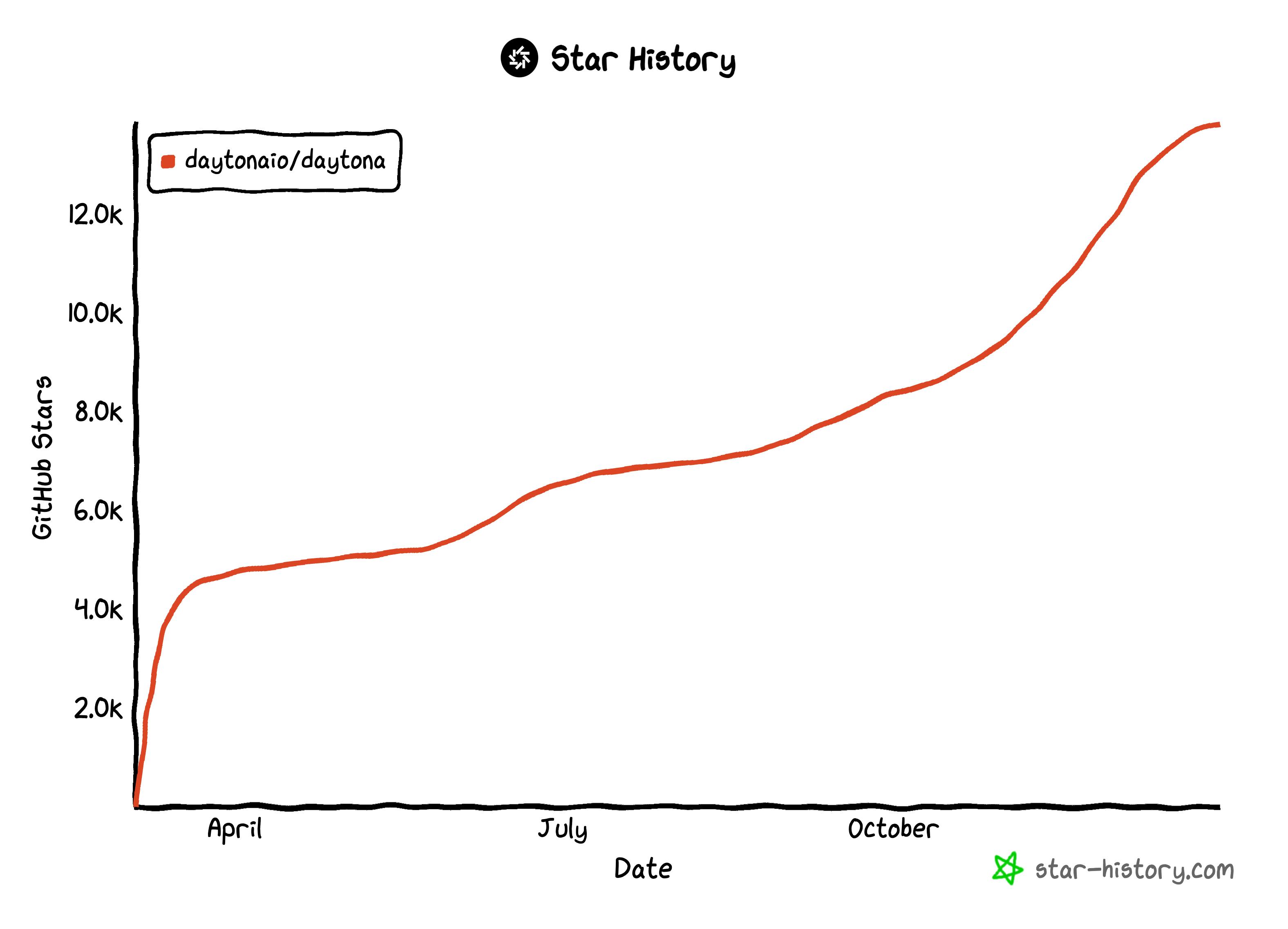
Why is Daytona the #1 CDE?
The CDE market is well-established, with some competitors operating in this space for nearly a decade. Yet, with its small and focused team, Daytona has achieved the highest open-source metrics in the category in just nine months since its launch.
Here’s where we stand today:
GitHub Stars: 13,826
Community Members: 4,427
Forks: 1,398
Contributors: 175
As we look ahead to 2025, our commitment remains unchanged: to build and evolve Daytona alongside our community, focusing on what matters most—creating the best possible experience for developers. The foundation we've built together in 2024 is just the beginning.
Thank you to every developer, contributor, and community member who has been part of this journey. Your trust, feedback, and contributions have shaped Daytona into what it is today. Here's to continuing this momentum together in 2025!
Get Daytona from GitHub
Use for free, explore, or fork Daytona, start contributing today, and don't forget to star the repository to stay updated!

